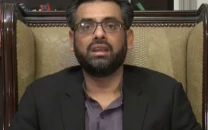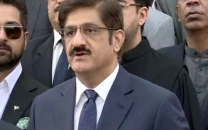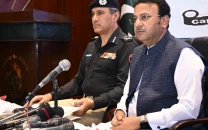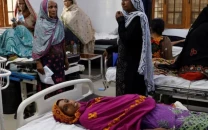Safe City Project: Nisar apprises NA about progress
Minister says number of cameras increased from 1,500 to 1,950

Minister says number of cameras increased from 1,500 to 1,950.
Nisar told the Lower House that the project was given a final go-ahead after a team of Scotland Yard, Metropolitan Police Service of United Kingdom was invited for input and then the plan was conceived.
In response to a question about the project and its effectiveness, the minister said that “The project was negotiated and signed in 2009 at a total cost of US $124 million,” he said.
Nisar added that the project was delayed owing to Supreme Court’s decision but the incumbent government followed it and cleared the case from litigation and the project was reinitiated in 2014 without any cost escalation.
He said the present government had negotiated a substantial increase in scope of the project without additional or increased cost. The minister said that number of cameras had been increased from 1,500 to 1,950, adding in addition to facial detection system, camera based facial recognition software had been included.
“It is the latest technology and utilising it for the security purposes will take a year,” he said adding that the cameras had already helped the Islamabad Police detecting and cracking two terror bids.
For the time being it was only covering the current area of the city and new parts of the city would be included with time.
Earlier Mariyyum Aurangzeb also added that video summary software and 4G technology had been acquired for CCTV cameras. She added a command and control centre would be established in Sector H-11. She rejected a member’s objection that several cameras were not working.
Published in The Express Tribune, March 18th, 2016.



















COMMENTS
Comments are moderated and generally will be posted if they are on-topic and not abusive.
For more information, please see our Comments FAQ